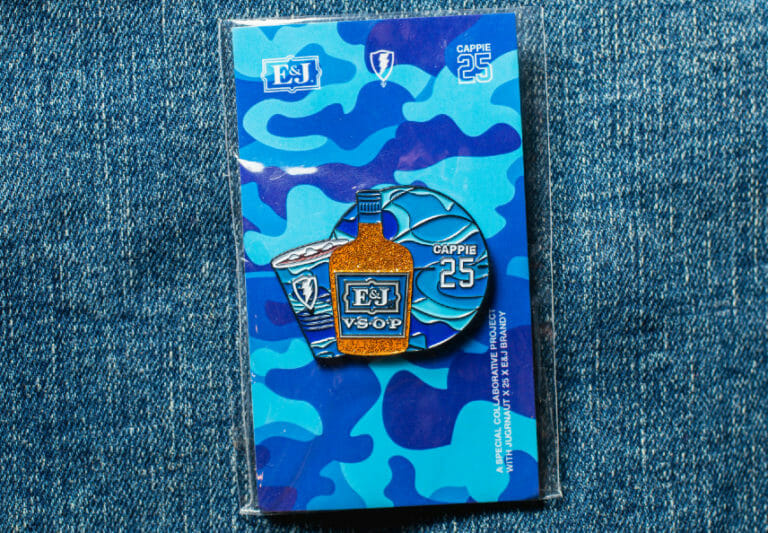The 1990’s spurned a coffee revolution of sorts across America. Shops began to pop up on every corner while the demand for higher quality beans increased. Businesses shifted to a more eco-friendly paper cup that replaced the phased out styrofoam one. But with that change created a new problem, finger burn.
With coffee brewed at nearly 200 degrees Fahrenheit, that thin layer of paper was not going to cut it. Customers would request “double-cupping” at chains like Starbucks, while others invested in a travel mug. Neither solution was ideal, which is when Jay Sorensen stepped in.
As an inventor, Sorensen initially tried to build an insulated coffee cup that could replace those paper cups. But he ran into issues. The cost per cup was too high. It also wasn’t necessary on colder beverages such as the latte and cappuccino. The increased size made it difficult to pack and ship in bulk. What was a good idea on paper ended up not being practical in the real world.
Through the invention process, Sorensen eventually came up with the coffee sleeve (it was not in fact Patrick Dempsey’s character in Made of Honor). In a Smithsonian article he stated, “It was kind of an evolution”. The evolution was dubbed the Java Jacket. Or as the United States Patent Office calls it, U.S. Patent No. 5,425,497.

The Java Jacket was perfect. A rolled sheet of linerboard or embossed chipboard would interlock at the end. Not only was this cheaper to purchase than an additional cup, it had the added benefit of folding flat and taking up limited space in coffee shops. Plus the material used provided a better grip for consumers.
Sorensen’s invention was an immediate hit and they sold like hot cakes at his first coffee trade show in Seattle. Fast forward to today, he sells around a billion Java Jackets a year. That’s a lot of fingers saved.
The evolution of the coffee sleeve didn’t stop with the Java Jacket. Starbucks jumped on board afterward with their own version. This one used more expensive corrugated paper and was made using recycled materials. What they dubbed the “Coffee Clutch”, was a clever way around Sorensen’s patent. While the physical design has remained the same, Starbucks routinely changes the artwork to spice things up for customers.

Other concepts continue to flow in as the gourmet coffee industry shows no signs of slowing down. Eco-friendly companies have created fully compostable sleeves that will biodegrade quickly. Others look toward reusable sleeves to save on paper. There are even some incorporating PopSockets.
Today, coffee sleeves are much more than just space-saving hand protectors. They’re a way for businesses to brand themselves. Whether that’s a coffee shop or restaurant looking to display their logo, or a business that wants to be seen at an event. Sleeves come in many different styles with high quality printing options available.
If you are interested in learning more about custom coffee sleeves, please contact us today.









